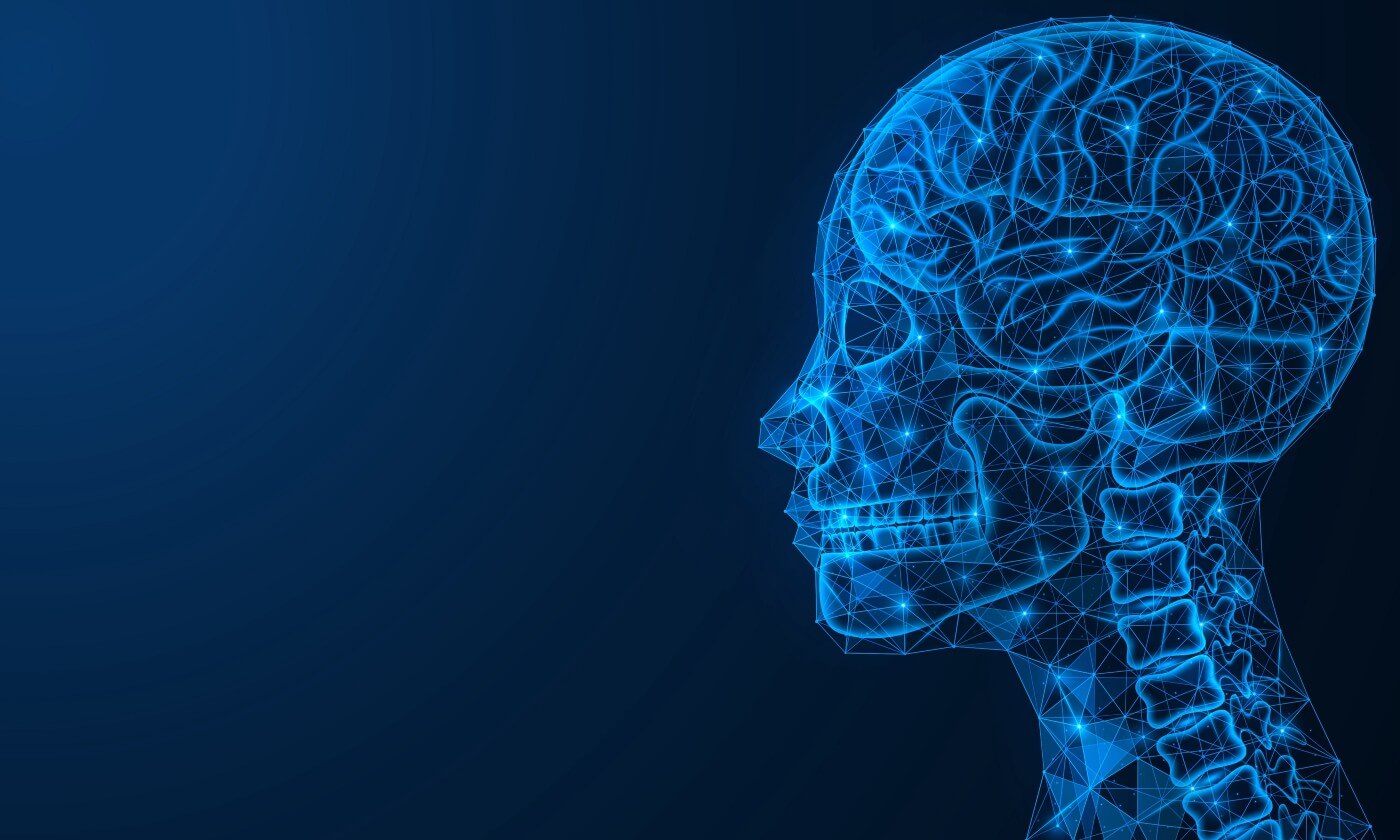FTC disclaimer: This post may contains affiliate links and we will be compensated if you click on a link and make a purchase.
If you experience recurrent vision loss or blindness lasting anywhere from 20 minutes to an hour, you may suffer from ocular migraine.
Though this condition is not permanently damaging to your eyesight, it can be extremely uncomfortable and may interfere with your daily activities.
This article will discuss the causes, symptoms, diagnosis, and treatment of ocular migraines.
Ocular Migraine Causes, Symptoms, Treatment
What is Ocular Migraine?

A headache can be bad enough to deal with, but it is nothing quite like the pain of an ocular migraine.
Migraine headaches are excruciating and debilitating, but an ocular migraine pairs this aching with problems seeing and focusing.
Also called an Eye Migraine or Ophthalmic Migraine, an ocular migraine comes on like a regular migraine but slowly evolves into something else.
Many migraine sufferers report having an aura in their vision during an attack. This is a white, flashing light that pulses in the visual field.
With an ocular migraine, this pulsing begins in the center of the field of vision, grows outward, expands, and eventually fades and goes away.
It can be akin to blindness since seeing or focusing on objects immediately in front of you becomes very hard.
This is the main symptom of an ocular migraine since the head-pounding pain of a typical migraine may not always be present.
What should you do if you get an ocular migraine?
Most importantly, stop and sit or lay down. The difficulty you will have seen may cause you to fall or hurt yourself (or others).
The ocular migraine can last anywhere from just a few minutes to an hour.
Fortunately, ocular migraines are primarily harmless in and of themselves. Resting and waiting until the symptoms have passed is the only remedy once one has started. Although, there are medications that can be taken to prevent the onset of ocular migraine.
What triggers Ocular Migraine?
As with a regular migraine headache, an ocular migraine can be triggered by different foods, lighting or flashing lights, stress, or even allergies.
One way to help avoid getting an ocular migraine is to make notes of what you have done or eaten before the onset of one and then see if there are common elements you may need to start avoiding.
Ocular Migraine Causes

An ocular migraine is a neurological syndrome usually characterized by blurred vision and sometimes includes headaches and nausea.
The patient may experience increased sensitivity to light and sound, especially in the initial stages of the migraine.
Ocular migraine causes are usually in persons with classical migraine experience. However, ocular migraine causes should not worry you, but its symptoms can hinder daily activities like reading and driving.
The results of ocular migraine causes include blind spots, random light flashes, wavy vision, and seeing stars.
It is not clear what the exact cause of ocular migraine is; however, some people relate ocular migraine causes to certain foods such as chocolate, nuts, shellfish, chicken livers, red wine, caffeine, alcohol, milk, and meats.
In the past, people thought that ocular migraine was caused by fatigue and tension, but a consistent link to this claim was never established.
What is clear of the ocular migraine causes is some involvement of the blood vessels in the patient’s head.
This could happen at certain times, such as morning to noon, while some people could experience it the whole day.
The pain spreads from one part of the head to the other areas. It is also alleged that ocular migraine causes are set off by stress, premenstrual changes, and oral contraceptives.
Ocular migraines are irregular; the time interval between episodes can vary from days to weeks, months, or even years.
You should consult your doctor if you notice that your condition is worsening or persisting or you are getting headaches in episodes.
The doctor should be able to start you on a suitable treatment. The best way of coping with ocular migraine causes is to prevent them.
You can try to prevent migraines by avoiding known triggers, keeping down stress, maintaining a regular routine, and getting sufficient sleep. Remember to consult a doctor if the situation gets worse.
Symptoms of Ocular Migraine

This is a very rare type of migraine, also recognized as ocular migraine, a migrainous migraine, acephalgic migraine, or migraine aura without headache.
According to statistics, more women than men suffer from optical migraine symptoms that are sometimes affected by their menstrual cycle.
Although this form of migraine rarely occurs with a headache, many people believe it is more severe than other migraines since it affects a much more significant portion of the brain.
The cause of optical migraine symptoms is unknown, but some experts concur that several muscles are involved.
There are three phases of optical migraine symptoms:
- Aura phase
- Headache phase
- Background phase.
In the aura stage, the patient experiences blurred vision, blind spots, and flashing lights. The feeling of nausea is also experienced, and the patient may vomit.
This phase may last for about an hour. The optical migraine symptoms attack only involves this initial phase and does not move to the next.
Therefore, there is no headache in this phase. Apart from the vision disturbances, other optical migraine symptoms that the patient is likely to experience include confusion, tingling sensations, numbness, and slurred speech.
Like other diseases, a trigger initiates optical migraine symptoms, such as alcohol, hormonal changes, stress, hunger, contraceptives, particular foods, intense sunlight, or excessive exercise.
A single method of treating optical migraine symptoms cannot apply to all optical migraine sufferers.
It is a chronic disease, and the treatment should assume a long-term perspective.
Effective treatment calls for cooperation between the physician and the patient. It can take a while to achieve, and you should prepare for trial and error before success.
The process takes time and a lot of effort, but the benefit of getting the proper treatment that stops the attack from occurring makes it worthwhile.
Prevention by avoiding the triggers is the best treatment for optical migraine symptoms.
How is Ocular Migraine Diagnosed?

Ocular migraines are usually diagnosed based on your symptoms and a physical exam.
Your doctor may also recommend other tests to rule out other conditions. Your doctor will ask about your medical history and symptoms.
They will also do a physical exam. This may include a check of your eyes, head, and neck. Your doctor may also recommend other tests to rule out other conditions.
Imaging tests may be done to rule out other conditions. This can include an MRI or CT scan. These tests create images of your brain and can help show if there is any damage or changes.
Your doctor may also recommend a blood test. This can help rule out other conditions that may cause similar symptoms.
Ocular migraines are usually treated with lifestyle changes and home remedies. If you have auras, your doctor may recommend avoiding triggers. Common triggers include stress, bright lights, and certain foods.
If your symptoms are severe, your doctor may prescribe medication. Medications used to treat ocular migraines include:
- Anti-inflammatory drugs: These can help reduce swelling and pain.
- Antidepressants: These can help relieve depression and anxiety. They can also help prevent migraines.
- Anti-seizure drugs: These can help prevent migraines.
- Botox: This can help prevent migraines.
Treatment of Ocular Migraine

Ocular migraines are more common than most people think. The ophthalmoplegic migraine is often located right around the eye.
This can also be present with vomiting, nausea, and double vision. A migraine will start in the blood vessels of the head, usually in the morning or during the day.
They start on one side of the head and then can spread gradually to the other side. It only takes a few minutes for the pain to become severe, but it can last for hours and even days until sleep or until an ocular migraine treatment occurs.
Visual hallucinations and disturbances are common with migraine and include sparks, flashes, and zigzags of light.
Ocular migraine treatment is necessary for an ophthalmoplegic migraine. Carotid artery aneurysms and diabetes can cause these migraines.
Stress, PMS, alcohol, hunger, and even oral contraceptives can cause some people migraines.
Foods such as red wine, chocolate, aged cheese, monosodium glutamate, or even milk can cause an attack. Too much sun exposure or exercise can also do it.
Possible treatment for Ocular Migraine
There are different kinds of ocular migraine treatments that can be tried. Resting in a quiet, dark room can help symptoms subside.
Taking an aspirin right away could be a simple ocular migraine treatment.
Ergotamine, a drug used for ocular migraine treatment, has been proven effective. An analgesic used with it can help even better.
Even Cafergot, which combines ergotamine tartrate and caffeine, can be a helpful ocular migraine treatment.
Sumatriptan is fast-acting and can stop attacks when given under the skin by an autoinjection device.
Suppose a person suffers from these migraines more than two to three times a month. An ocular migraine treatment that is prophylactic may be needed.
These medications include aspirin, propranolol, or amitriptyline. See your doctor, ophthalmologist, or neurologist determine the best ocular migraine treatment for your case.
Ocular Migraine Prevention
Ocular migraines are usually caused by stress, bright lights, or overly strenuous activity. While there is no cure for ocular migraines, there are some things you can do to prevent them.
One of the best things you can do is keep a migraine diary. This will help you and your doctor to track your migraines and to find any triggers that may be causing your migraines.
Get enough sleep
One of the best things you can do to prevent ocular migraines is to get enough sleep. When you’re well-rested, your body is better able to handle stress. If you’re not getting enough sleep, try to go to bed earlier or take a nap during the day.
Avoid bright lights and strenuous activity.
You should also try to avoid bright lights and strenuous activity. If you know you’re going to be in a situation where you might be exposed to bright lights, try to wear sunglasses.
And if you’re going to be doing any kind of strenuous activity, make sure to warm up properly first.
Manage stress
Finally, try to manage your stress levels. Stress is a major trigger for ocular migraines. If you can find ways to reduce your stress, you’ll be less likely to suffer from ocular migraines.
Avoid loud music
You may also want to avoid loud noises. If you are around loud noises, you may want to wear earplugs.
Avoid certain foods
You may also want to avoid certain foods. Some foods you may want to avoid include aged cheese, chocolate, caffeine, and red wine.
Lifestyle changes
You may also want to limit your intake of alcohol. If you drink alcohol, you may want to limit your intake to two drinks per day.
You may also want to exercise regularly. Exercise can help to reduce the frequency and severity of migraines.
Ocular Migraine Stroke: What do you need to Know?
Many people tend to be comfortable with self-diagnosis regarding migraines since they are so familiar with them.
However, this is not always a safe assumption. Your headache could be secondary to a different medical condition, like an ocular migraine stroke, that needs immediate attention.
If you are on a treatment plan for headaches and know what your body is going through, then it is probably safe to proceed.
On the other hand, if you have not been diagnosed with migraines, do not simply assume that you are experiencing a simple headache, even though you may recognize the symptoms.
The headache could result from a grave underlying medical situation, such as an ocular migraine stroke.
You need to consult a physician who will devise a plan for you to cope with the headache even though it proves to be a migraine.
You should be thankful for surviving if it turns out to be an ocular migraine stroke.
Who can get an Ocular Migraine Stroke?
Ocular migraine stroke can occur to anyone and starts like a simple migraine; that is why any severe headache is supposed to be examined by a physician and provided with a conclusive diagnosis and a plan to follow for its management.
More information connects migraines with ocular migraine stroke and other cerebrovascular incidences.
This includes research in Iceland that studies the link between migraine in midlife and later ocular migraine stroke or further cerebrovascular sickness.
Several preliminary results reported by the American Neurological Association indicated that those who have migraines in midlife are likeliest to experience ocular migraine stroke later in life.
This is mainly true if a visual aura accompanies the migraine. Therefore, you should not take migraines for granted, be aware of other signs of ocular migraine stroke and see a doctor if you realize that there has been a change in the migraine symptoms.
Conclusion
Ocular migraines are a type of migraine that can cause vision problems. Symptoms include flashing lights, blind spots, and temporary vision loss.
Ocular migraines are often diagnosed based on symptoms and medical history.
There is no specific treatment for ocular migraines, but some possible treatments include medications, lifestyle changes, and avoiding triggers.








